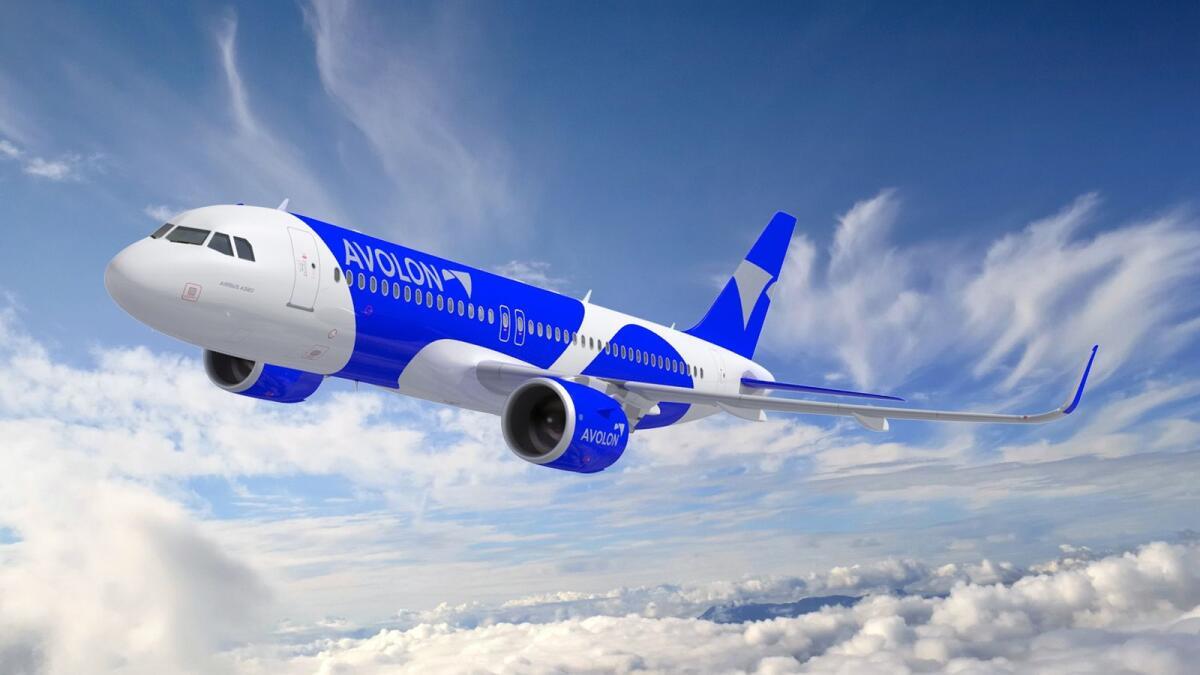
Growth In Asia-Pacific To Drive Global Airline Revenue Over $1 Trillion For First Time In 2025
A paper published by Avolon, a leading global aviation finance company forecasts that more seats will be added to schedules in Asia-Pacific than all other regions combined in 2025, even as airlines' growth slows in the US and Europe.
Lower oil prices in 2024 helped to more than offset a 19 per cent increase in maintenance costs and 8 per cent rise in labour costs, helping the sector back towards pre-pandemic levels of profitability. This trend is expected to continue in 2025 with a projected 16 per cent increase in the sector's net profit to over $36 billion for the year. Securing aircraft for expansion and fleet replacement will continue to be a major challenge in 2025, with slots for new aircraft sold out beyond 2030.
Airlines are adapting to the structural undersupply through lease extensions and extending the life of their existing fleet. As a result, lease rates have risen as much as 50 per cent in the past two years and are expected to remain strong in 2025, as will aircraft valuations.
A third year of profitable growth in 2025 is set to help airlines recoup losses in 2020 and 2021 that erased the prior decade of profitability. The markets that were first to recover - North America and Europe - are still growing, but at a slower pace, while Asia-Pacific gains momentum. Airline revenues have returned to their long-term average share of world GDP, with an additional $100 billion of revenue potential if peaks experienced last decade are achieved.
Having declined in 2024, new deliveries will increase by c.20 per cent in 2025 with over 1,400 aircraft to be delivered. Despite increasing deliveries, Airbus and Boeing will continue to struggle to hit their targets to ramp up production. The structural under-supply of new aircraft is driving aviation industry market dynamics. Airbus and Boeing's next production slots are not available until the 2030s, meaning airlines will continue to extend leases and in-service life to meet their fleet plans.
Lessors now hold more new aircraft supply out to 2030 than Boeing and Airbus combined. Orderbooks have consolidated around a smaller number of lessors who will benefit from higher placement returns as under-ordered airlines compete for scarce aircraft.“The availability of capital and access to aircraft is differentiating the largest, investment grade lessors who are best positioned to outperform,” the report said.
Aviation generates $3.5 trillion in global GDP, supports 88 million jobs, and accelerates social and economic development, but it also contributes c.2 per cent of global emissions and so the goal of achieving net zero emissions remains key. IATA estimates that $4.7 trillion is needed to fund aviation's transition.“Governments have a strong role to play in setting coordinated global policies that attract private investment both in sustainable aviation fuel production, and transformative new technologies such as hydrogen and electric-powered flight,” the report said.
Andy Cronin, CEO of Avolon
Andy Cronin, CEO of Avolon said:“The aviation outlook for 2025 is robust, reflecting continued growth in travel demand against a backdrop of structural under-supply of new aircraft. Asia-Pacific will be the engine of that growth, and we anticipate global airline revenues will exceed the $1 trillion mark for the first time. In this environment, lessors will benefit from continuing strength in lease rates and valuations as airlines compete for scarce aircraft. Those lessors with strong balance sheets and attractive orderbooks of new technology aircraft are best placed to outperform and serve the growth needs of the world's airlines.”
Jim Morrison, chief risk officer of Avolon commented:“Airline profitability in 2025 will build on a strong performance in 2024 where lower oil prices helped offset higher maintenance and labour costs. While the higher demand for air travel is evident we are also entering a low visibility operating environment. There are uncertainties around what political changes will mean for trade and growth, but the structural fundamentals of the industry remain favorable. Aviation's net zero challenge will also require global policy coordination to stimulate investment, but mitigating emissions remains a key industry priority.”

Legal Disclaimer:
MENAFN provides the
information “as is” without warranty of any kind. We do not accept
any responsibility or liability for the accuracy, content, images,
videos, licenses, completeness, legality, or reliability of the information
contained in this article. If you have any complaints or copyright
issues related to this article, kindly contact the provider above.


















Comments
No comment